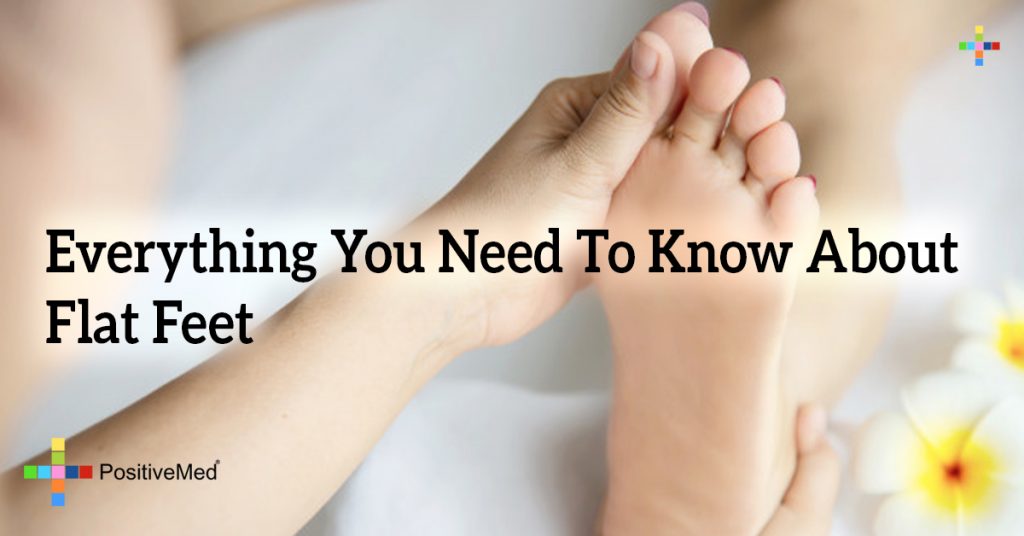
Everything You Need To Know About Flat Feet
“Flat feet” or fallen arches, is what happens when a person’s large arch has collapsed so that the entire sole of the foot comes into contact with the floor or bottom of the shoe when a person is walking.
The ‘normal’ or ideal foot has a raised arch on the inside of both feet. Approximately 20-30% of the population’s arches do not develop fully, either on one or both feet. Infants and toddlers do not have arches, but as the child grows and the foot is used more, the arch in most people develops.

Painful flat feet in children may be caused by a condition called tarsal coalition. Tarsal coalition is a condition where two or more of the bones in the foot fuse together, limiting motion and often leading to a flat foot.
Your feet are adapters, and will adapt their shape to the footwear you put them in. Therefore, wearing shoes like sandals and slippers that offer no arch support can lead to your feet’s arches flattening. Flat feet can also be caused by wearing high heels, they can shorten and tighten the Achilles tendon making the ankle bend incorrectly leaving the arch to pick up the slack.
Having flat feet does not decrease running speed, or hamper usability of your feet, but can cause pain. When there is no arch in your foot many other parts of your feet have to compensate, this can bring about pain in the legs or back because of the strain on the calves. Fallen arches can also lead to Plantar Fasciitis, which can happen when the bottom of the feet stretches too far and begins to tear or become inflamed. In some cases of flat feet, the sole of the foot will become rigid.
Flat feet have also been linked to pronation, or the foot turning too far inward. The foot naturally makes this movement while walking, but it is considered an ailment when the foot rolls inward too far, throwing your feet out of balance and alignment.

Arch supports can help with the foot pan associated with low or no arches. Arch supports lift the fallen arch and support the foot in the position it was meant to be in, your weight is also dispersed properly throughout your feet.
It is important to get your arch supports personally fitted to your feet, the type of shoes you wear, and to the activities you participate in.
Supports bought over the internet or in a drugstore don’t take into account your personal foot composition. Your shoe size is not your arch size. Two people can wear a size 9 shoe, but have dramatically different needs in arch supports. When you go to a custom fit arch support specialist, remember to bring in the shoes you wear the most.
Some causes of painful flat feet can be treated without surgery. If other treatments do not work, surgery may be needed to relieve pain in some cases.
\





